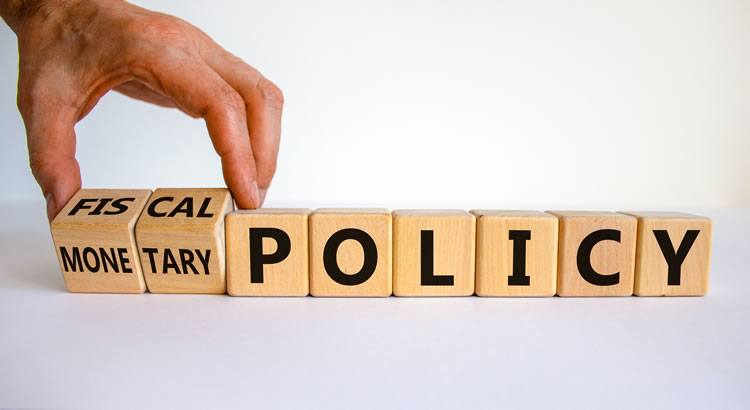When journalists say that we have a tight monetary policy or loose (or expansionary) monetary policy, they refer to the governing body's position on stimulating an economy or cooling down an economy.
There are a few common ways that governments can affect the economy and the amount of money in circulation.
What does the amount of money in circulation have to do with the economy?
In modern economics, we look at money in circulation as a positive impact on growth and inflation. When money is easy to acquire and capital is cheap, investors are more apt to invest, which spurs new growth and innovation in areas previously not considered, do the risk of loss or lack of return on investment.
Common ways the government loosens money:
- Lowering the short-term risk-free interest rate. This is called the monetary policy “Target Rate.”
- Lowering the long-term borrowing rate. A relatively new addition to stimulation. This is when the government buys longer-dated loans, which reduces the longer-dated government bond yields. Long-term debt becomes cheaper, allowing risk appetite in longer-dated projects and business ventures due to lack of yield versus inflation.
- Open Market purchases of other securities such as stocks. This, in theory, could have a stimulant effect boosting the confidence in stocks allowing for businesses to retain capital for investments and growth projects.
- Lowering bank reserve requirements. With reduced reserve requirements, banks can loan out more of every dollar deposited. This effectively increases the leverage of the economy, which creates new money.
- Lowering taxes. Lower taxes help businesses keep more profits and reduce the risk of investments that previously did not have enough return.
- Helicopter money “Sending checks to the Public.” Increasing the money to the general public helps the general population from reducing spending in a contraction and spurs the retention of profits in business, thus job retention.
- Federal work programs. Hiring for projects like Hoover Dam can supply money to the public and improve economic output if the project assists in easing growth.
- Lowering Federal minimum wage. A crazy idea? When the dollar is under attack and deflation strengthens the dollars in circulation, it exponentially increases labor cost. Jobs get cut in deflationary/slowing growth times. In theory, lowering the federal minimum wage can help with job retention if people are willing to get paid less.
Any of the previous loosening policies are tightening policies when reversed or stopped after stimulating.
With all of these tools and the transparency of central banks and governments in westernized cultures, we can quickly determine when we are in the process of tightening or loosening the economy.
Common sense is that tightening is bad, but it can be positive.
Common sense can be flawed.
Tightening “should” slow the economy down.
By the time central banks and politicians are tightening, it is deep into the recovery after a contraction and typically signals that we can afford the drag on growth to recharge the tank for the next stimulus need.

Where are we right now?
The Federal Reserve of the United States has made a few moves recently, showing us they are beginning the tightening process while at the same time remaining loose.
In general, we are still very loose, which spurs investments. As these programs expire, it will be a relatively tightening environment.
While many policies are stimulating the economy and the markets are pushing to new highs, we are still vulnerable.
This has been the fastest recovery since 1987, and the backdrop is similar to the late 40s. After both events, stocks and growth assets generally did well.
May your assets grow and you Sleep Well,
Wayne Klump


since 29 sep 2020
This is an excerpt of Wayne Klump's weekly market commentaries. Sleep Well Portfolio members have access to the full commentary and all of the market commentaries Wayne publishes.
You can get Wayne's full market commentaries for free for 30-days with no risk.
If you like them and want to continue receiving them after 30-days, consider subscribing to the Sleep Well Portfolio at https://aeromir.com/sleepwell
Get Wayne's Market Commentaries for 30-days

